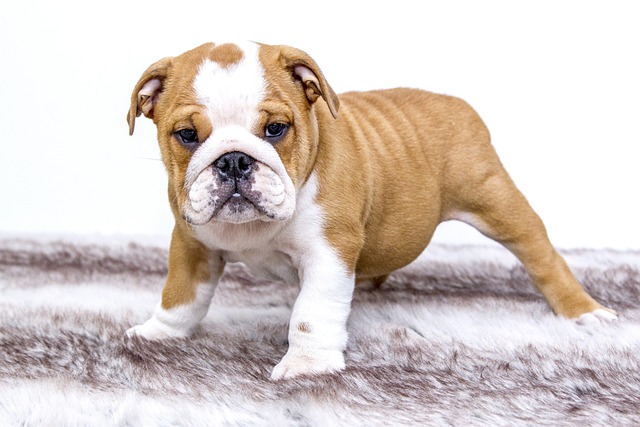
How do dogs get infected with ear mites
If you’ve ever watched your dog paw at their ear like it’s on fire, then noticed dark, crumbly gunk—like coffee grounds—when you peek inside, you’re probably dealing with ear mites.
Puppies dart between chew toys and sunbeams, their tiny tongues lolling as they lap from water bowls. That constant sipping fuels their growth, but knowing when to pause isn’t just about avoiding puddles—it’s about keeping their developing systems in check.
Veterinary behaviorists often point to the 2-3 hour window before bedtime as a sweet spot. If your pup’s last play session winds down at 8 PM, tuck the water bowl away by 10 PM. In cities like Portland, where animal welfare ordinances stress "species-appropriate care," this routine aligns with guidelines that balance hydration and house training.
Breed matters more than you might think. A Border Collie puppy burning energy herding socks may need extra sips later than a Shih Tzu napping on the couch. I once worked with a client in Austin whose 12-week-old Great Dane kept waking at 3 AM—turns out his giant frame required an extra 30 minutes of water access. Adjusting to 10:30 PM solved it.
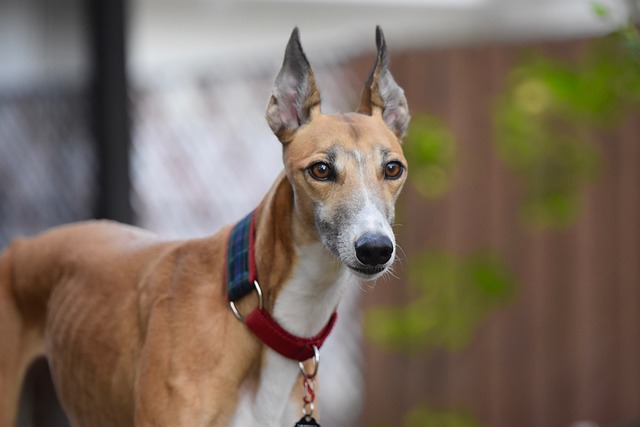 Watch for subtle cues: pawing at the door mid-evening, or gulping water like it’s their last chance. These aren’t just accidents waiting to happen—they’re signs your puppy’s bladder hasn’t developed the muscle control to hold it. In some counties, leaving water out 24/7 without monitoring could draw questions during home checks, as regulations often require "reasonable supervision" of basic needs.
Watch for subtle cues: pawing at the door mid-evening, or gulping water like it’s their last chance. These aren’t just accidents waiting to happen—they’re signs your puppy’s bladder hasn’t developed the muscle control to hold it. In some counties, leaving water out 24/7 without monitoring could draw questions during home checks, as regulations often require "reasonable supervision" of basic needs.
Morning water is non-negotiable. Imagine waking up after 8 hours without a drink—your puppy feels that same parched urgency. A client in Denver learned this the hard way; skipping morning water led to her Corgi puppy developing crystals in his urine, a painful condition easily prevented with timely hydration.
The key is tracking patterns. Jot down when your puppy drinks, plays, and has accidents for a week. You’ll notice rhythms—maybe they guzzle more after eating kibble, or less on rainy days when play is indoors. Most vets recommend sharing these notes during wellness visits to tailor advice to your pup’s unique needs.
It’s about trust. Your puppy will let you know when they’re thirsty, and you’ll learn to read their signals. Follow those cues, stay mindful of local guidelines, and you’ll both sleep better—no midnight trips to the backyard required.

If you’ve ever watched your dog paw at their ear like it’s on fire, then noticed dark, crumbly gunk—like coffee grounds—when you peek inside, you’re probably dealing with ear mites.
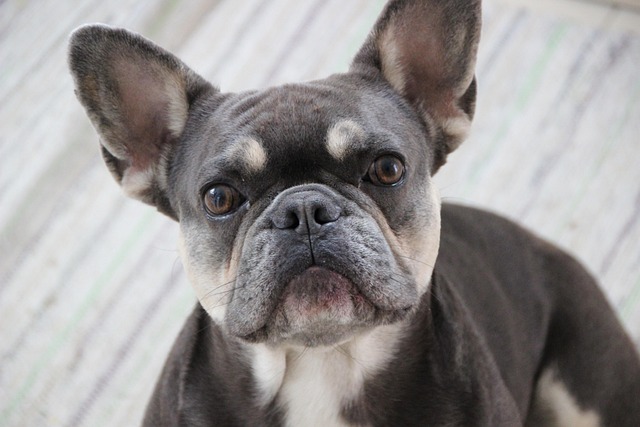
If you’ve ever watched your poodle squint through a Miami afternoon, paws darting to rub at their eyes after a romp in the grass, you’ve probably thought
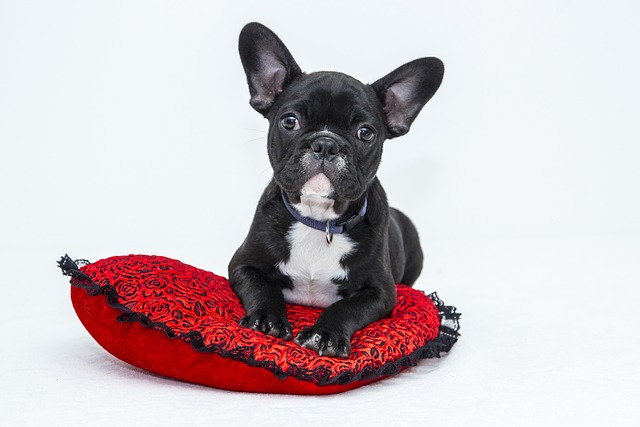
If you’ve ever noticed your dog’s paws or nose turning thick, crusty, and rough—like they’re covered in dried clay—and wondered, “Could tiny bugs be causing this?”
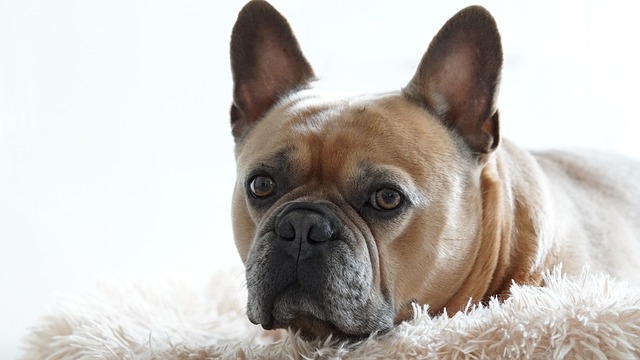
That heart-sinking moment when your golden retriever hesitates before jumping onto your Seattle apartment’s hardwood floor, licking at cracked, sandpaper-rough paw pads?

Once-obedient puppy suddenly ignoring commands, darting after squirrels mid-walk, or chewing the couch instead of their toy—many owners wonder if they’re doing something wrong.
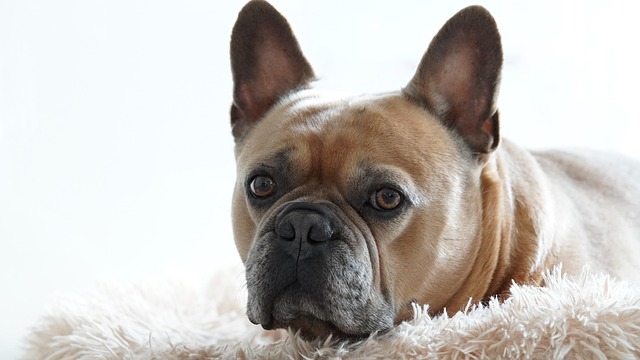
If you’ve ever found yourself holding a bottle of eye drops, staring at your pup’s red, watery eye, and wondering, “Can I just put this in?” you’re not alone.